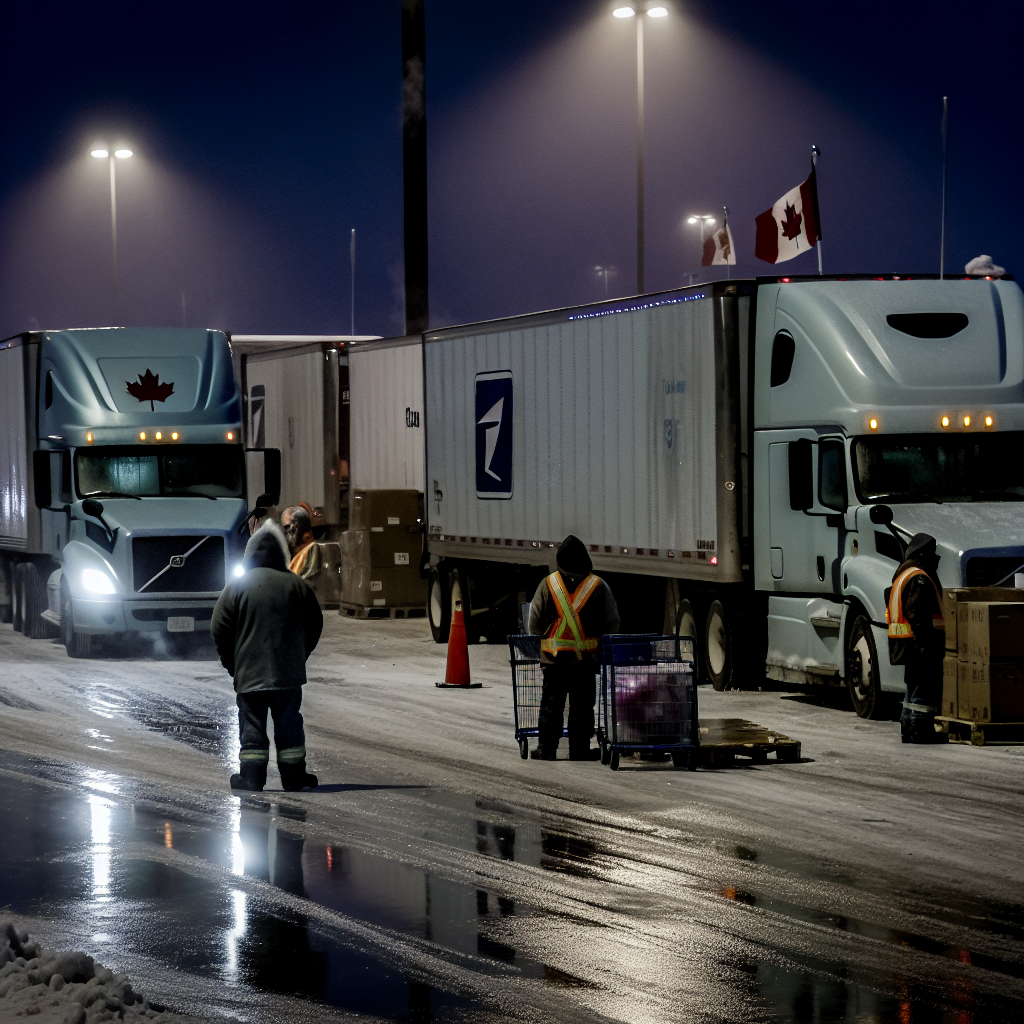Canada’s postal network is creaking back to life this weekend as the Canadian Union of Postal Workers (CUPW) pivots from a two‑week nationwide shutdown to rotating strikes starting at 6 a.m. local time on Saturday, October 11. For shippers and carriers on both sides of the border, that means parcels will begin moving again — unevenly — with service varying by location and day.
Canada Post says it will restart operations but is suspending all on‑time delivery guarantees while it works through a backlog that built up during the full stoppage. The Crown corporation also told business customers it will not accept new commercial volumes until October 15, warning that pickups and plant drop‑offs will remain limited as facilities ramp back up. Critically, once items enter a facility affected by a rotating walkout, they cannot be retrieved until that disruption ends.
The shift follows a strike that began on September 25 and idled more than 55,000 postal workers nationwide. CUPW framed the initial walkout as a response to federal plans to overhaul Canada Post — including ending most door‑to‑door delivery over the next decade — changes the union says would cut jobs and diminish service. Ottawa has also flagged broader use of community mailboxes, potential closures of some rural post offices, and routing more non‑urgent mail by ground rather than air to trim costs.
For trucking and parcel carriers, the rotating-strike model introduces rolling pockets of disruption that complicate linehaul planning, terminal allocations and last‑mile handoffs. With no advance map of which depots will be hit and when, cross‑docks feeding Canada Post will have to make daily decisions on where to induct parcels — or whether to hold them — to avoid trapping freight in a struck facility. That uncertainty is precisely why Canada Post has paused new commercial volume intake until mid‑week.
Expect short‑term diversion of e‑commerce flows to private carriers and 3PLs, particularly for U.S. merchants that typically inject parcels into Canada Post for Canadian delivery. Those shippers should brace for higher spot rates and tighter capacity on cross‑border parcel and expedited LTL lanes as volumes shift temporarily away from the postal network. The Canadian Press and local outlets report the union will alert locals on short notice when it’s their turn to strike, reinforcing the day‑by‑day nature of planning.
What to watch this week: backlog clearing speed, the pace at which plants reopen to commercial intake on October 15, and whether the union and government resume talks that could further alter the service picture. For now, the operating advice is straightforward: hold non‑urgent mailings where possible; steer time‑definite and high‑value parcels to alternative carriers; update customer‑facing delivery promises and returns windows; and build in slack for linehaul and tender cut‑offs in markets likely to see rotating pickets. Canada Post’s own message is blunt — deliveries will resume, but delays are inevitable until the network stabilizes.
Sources: FreightWaves, Canada Post, Reuters, The Canadian Press (via 980 CJME)
This article was prepared exclusively for TruckStopInsider.com. Republishing is permitted only with proper credit and a link back to the original source.





